Introduction
Purple rice, known for its rich anthocyanin content and deep, inviting hue, has been a staple in many Asian cuisines for centuries. Its nutritional benefits, including antioxidants and potential health-promoting properties, make it an appealing choice for modern health-conscious individuals. One of the most cherished ways to enjoy purple rice is in the form of a porridge, a comforting and nutritious dish that can be enjoyed at any time of the day. However, achieving the perfect sticky consistency in purple rice porridge can be a challenge for even the most seasoned cooks. This article aims to demystify the process and provide a comprehensive guide on how to make sticky purple rice porridge that is both delicious and satisfying.
Understanding Purple Rice
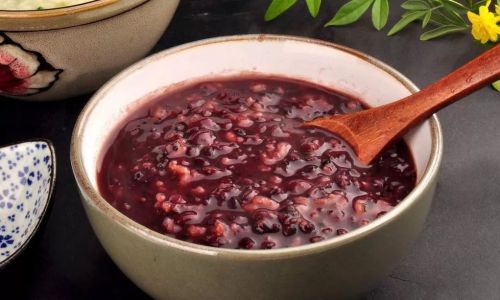
Before diving into the recipe, it’s crucial to understand the unique properties of purple rice. Unlike regular white or brown rice, purple rice has a higher starch content and a distinct, slightly nutty flavor. The starches in purple rice play a vital role in determining the final texture of the porridge. When cooked properly, these starches can create a creamy, sticky consistency that is the hallmark of a well-made purple rice porridge.
Choosing the Right Purple Rice
The first step in making sticky purple rice porridge is selecting the right type of purple rice. There are several varieties available, each with its own unique characteristics. For example, black glutinous rice (also known as forbidden rice or purple sticky rice) is particularly suited for making porridge due to its high amylopectin content, which contributes to its sticky texture when cooked.
When purchasing purple rice, look for grains that are uniform in color and size, with a slight shine indicating freshness. Avoid grains that have discolorations or an off-odor, as these may be signs of staleness or improper storage.
Preparation and Soaking
One of the secrets to achieving a sticky purple rice porridge is proper preparation, starting with soaking the rice. Soaking helps to soften the grains and allows them to absorb water more evenly, which is essential for creating a smooth and cohesive texture.
To soak purple rice, rinse the grains thoroughly under cold running water to remove any surface starch or impurities. Then, place the rinsed rice in a bowl or pot and cover it with water. The ratio of water to rice can vary depending on personal preference, but a good starting point is using enough water to cover the rice by about two inches. Allow the rice to soak for at least 4 hours or overnight. Soaking overnight is particularly beneficial as it can further soften the grains and enhance their ability to absorb flavors during cooking.
Cooking Techniques
Once the rice has soaked, it’s ready to be cooked. There are several methods for cooking purple rice porridge, each with its own set of pros and cons. Here, we will explore two popular methods: stovetop cooking and slow cooker cooking.
Stovetop Cooking
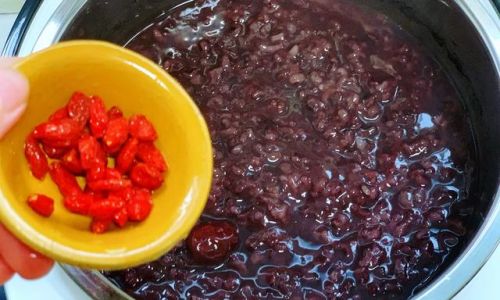
-
Drain and Rinse: After soaking, drain the rice and rinse it again under cold water to remove any excess starch that may have been released during soaking. This step is crucial for preventing the porridge from becoming too gluey.
-
Boiling Water Method: Bring a large pot of water to a rolling boil. The amount of water needed will depend on the desired consistency of the porridge. For a thicker, stickier porridge, use less water. For a thinner porridge, use more water. As a general rule, using about 4 cups of water for every cup of soaked purple rice is a good starting point.
-
Adding Rice: Once the water is boiling, carefully add the rinsed purple rice to the pot. Stir immediately to prevent the grains from sticking together or to the bottom of the pot.
-
Simmering: Reduce the heat to low and let the porridge simmer, uncovered, for about 45 minutes to an hour. Stir occasionally to ensure even cooking and to prevent sticking.
-
Checking for Doneness: The rice should be tender and the porridge should have a thick, creamy consistency. If the porridge is too thick, you can add a little more boiling water and continue to simmer until you reach the desired consistency. If it’s too thin, let it simmer uncovered for a few more minutes to reduce.
-
Final Touches: Once the porridge is cooked to your liking, remove it from the heat and let it sit for a few minutes. This allows the starches to settle and further thicken the porridge. Stir gently before serving.
Slow Cooker Cooking
-
Drain and Rinse: Follow the same steps as for stovetop cooking to drain and rinse the soaked purple rice.
-
Adding Rice and Water: Place the rinsed rice in the slow cooker and add water. Again, the ratio of water to rice will depend on your preferred consistency. A good starting point is using about 4 cups of water for every cup of soaked purple rice.
-
Cooking on Low: Cover the slow cooker and set it to the low setting. Cook for about 6 to 8 hours, stirring occasionally if possible. The slow, gentle heat of the slow cooker allows the rice to absorb flavors and develop a creamy, sticky texture without the risk of scorching.
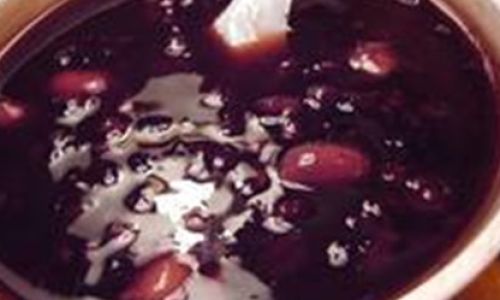
-
Checking for Doneness: The rice should be tender and the porridge should have a thick, creamy consistency. If necessary, adjust the consistency by adding more water or letting the porridge cook for a longer period.
-
Final Touches: Once the porridge is cooked, let it sit in the slow cooker with the lid slightly ajar for about 15 minutes. This helps to thicken the porridge slightly before serving. Stir gently before serving.
Adding Flavor and Texture
While the basic method for making sticky purple rice porridge is straightforward, there are numerous ways to enhance its flavor and texture. Here are a few ideas:
- Sweeteners: Add a touch of honey, maple syrup, or brown sugar to create a sweet and comforting porridge.
- Spices and Extracts: Incorporate cinnamon, ginger, or vanilla extract for a warm and aromatic flavor profile.
- Nuts and Seeds: Mix in chopped nuts or seeds, such as almonds, walnuts, or chia seeds, for added texture and nutrition.
- Fruits: Fresh or dried fruits, such as blueberries, cranberries, or raisins, can add a burst of flavor and color.
- Dairy or Non-Dairy Alternatives: Stir in a splash of milk, coconut milk, or almond milk for added richness and creaminess.
Serving Suggestions
Sticky purple rice porridge is versatile and can be enjoyed in various ways. Here are a few serving suggestions:
- Breakfast Bowl: Top with a poached or fried egg, a sprinkle of sea salt, and a drizzle of soy sauce for a savory breakfast option.
- Dessert Parfait: Layer the porridge with fresh fruit, yogurt, and a sprinkle of granola for a healthy dessert.
- Warming Snack: Serve with a scoop of ice cream or a dollop of whipped cream for a comforting afternoon treat.
Conclusion
Making sticky purple rice porridge may seem like a daunting task, but with the right techniques and ingredients, it can be a rewarding and delicious endeavor. By understanding the unique properties of purple rice, soaking it properly, and choosing the right cooking method, you can create a porridge that is both visually appealing and satisfyingly sticky. With endless possibilities for flavor and texture enhancements, purple rice porridge is a dish that can be enjoyed in countless ways, making it a perfect addition to any meal or snack time. So, why wait? Gather your ingredients, follow the steps outlined in this guide, and start making sticky purple rice porridge that will delight your taste buds and nourish your body.
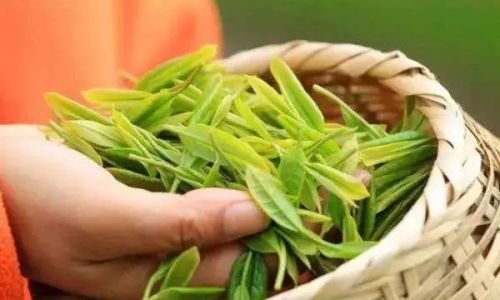
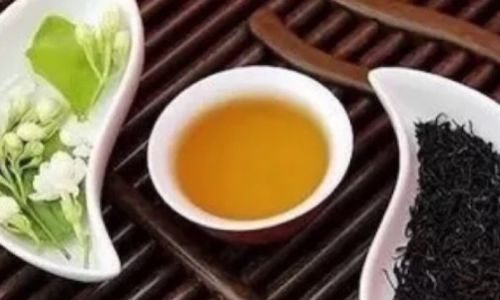
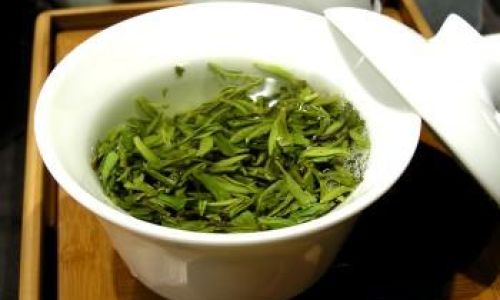
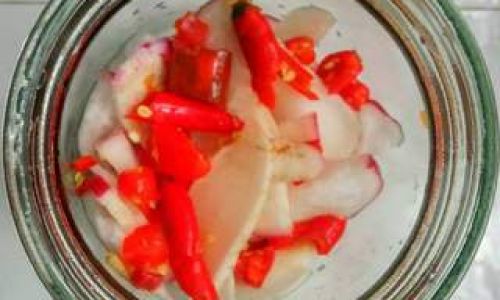
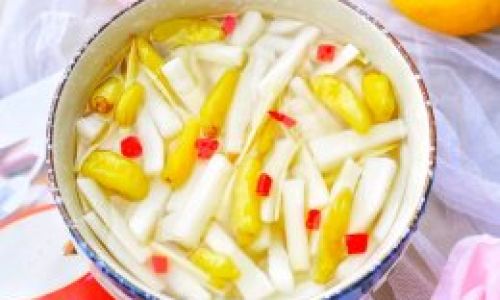
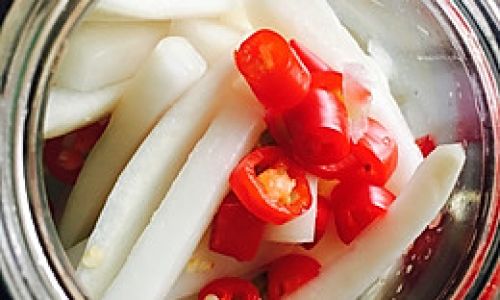
0 comments